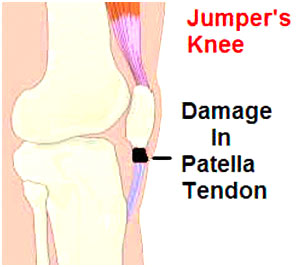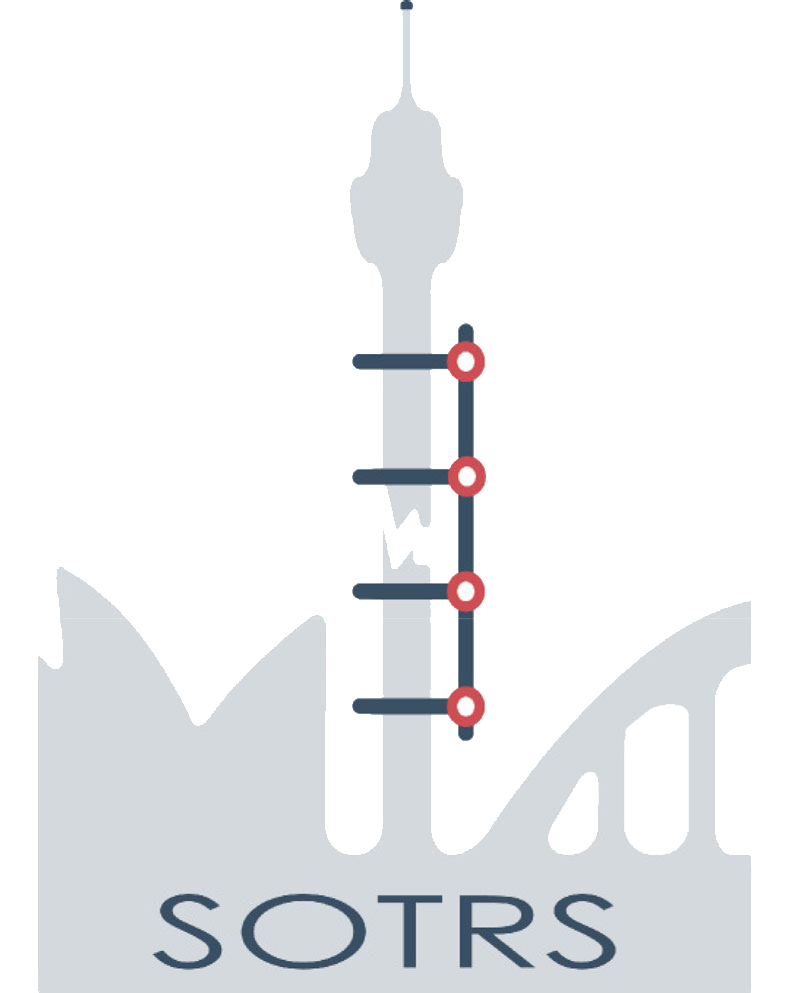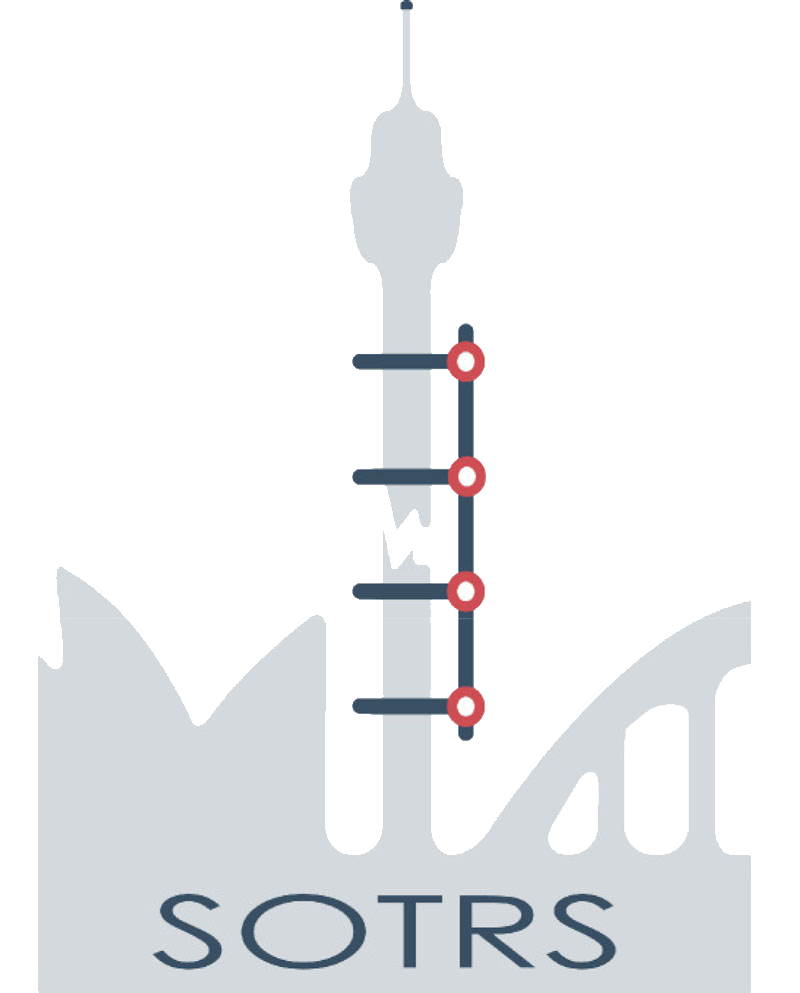Although this is a common condition, the cause is not known. It can affect anyone, but it is common in athletes who put large forces through their patella tendon through activity such as jumping; this condition was once known as jumper’s knee. It can also occur in runners. Poor flexibility in the thigh muscles (quadriceps) and hamstrings, and a raised kneecap (patella alta) are thought to increase the forces though the patella tendon and increase the risk of patella tendonosis. Another theory is that repeated stress on the tendon causes the tendon to be damaged faster than the tendon can be repaired.


